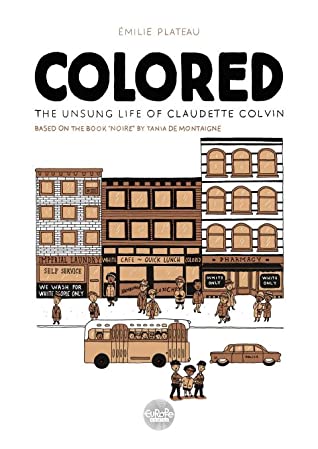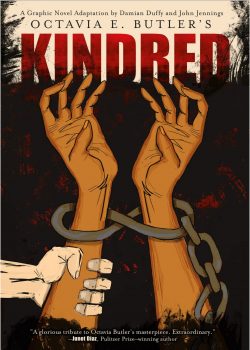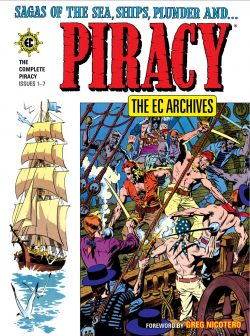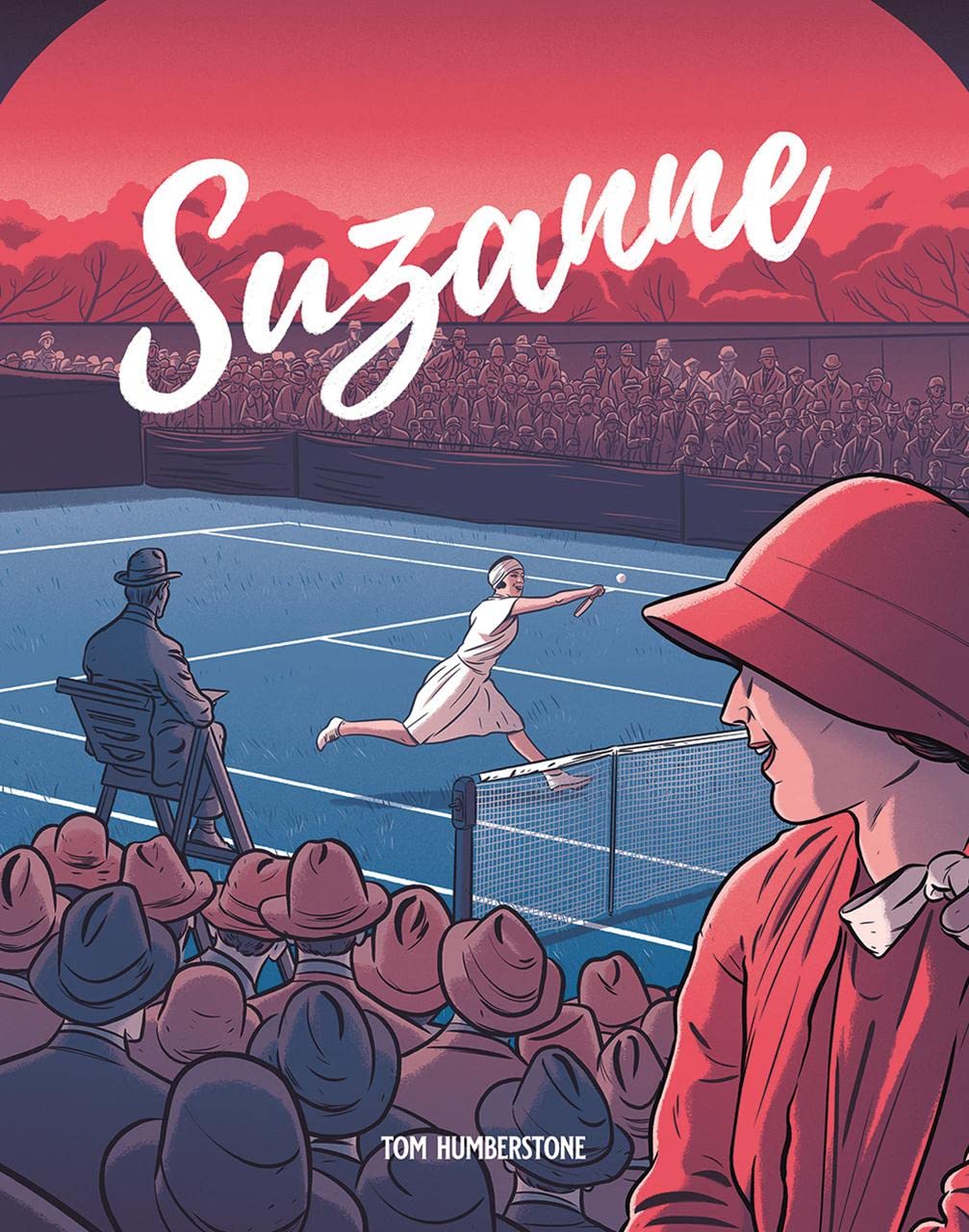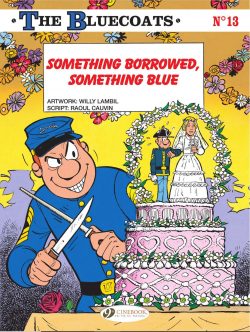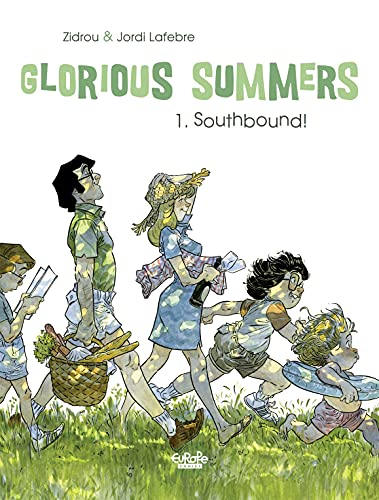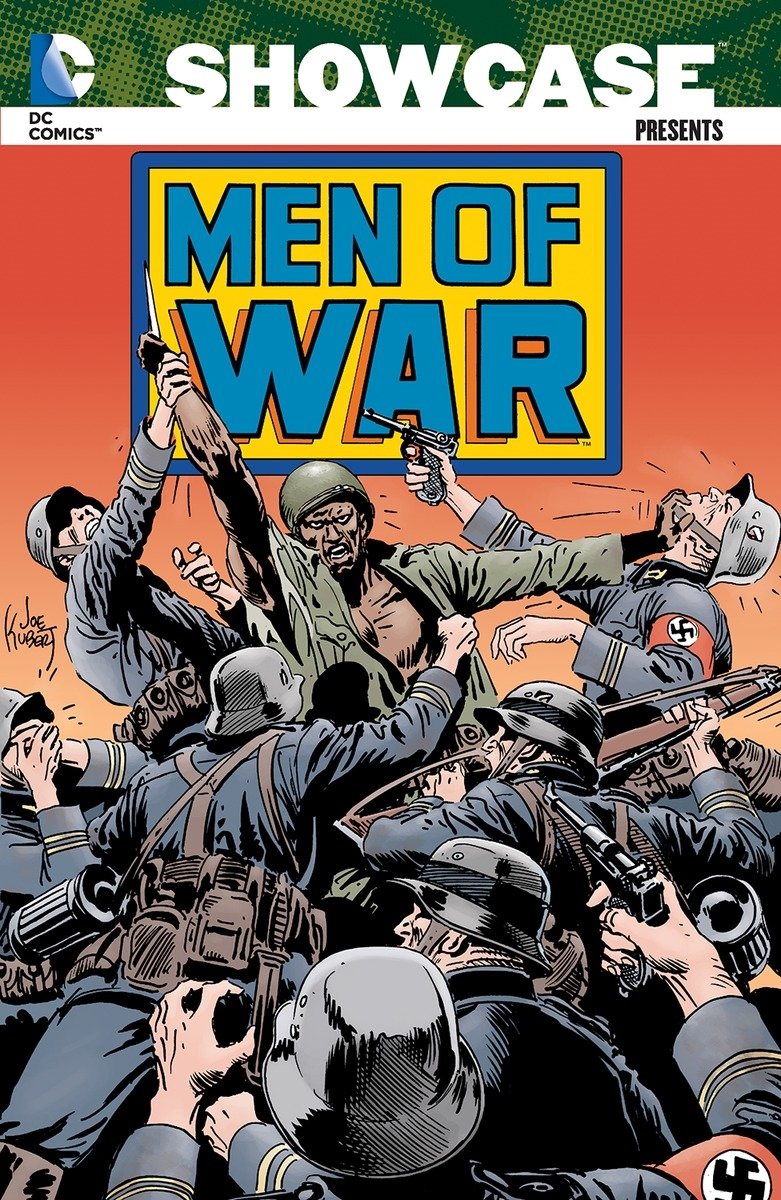
By David Michelinie, Robert Kanigher, Roger McKenzie, Jack C. Harris, Cary Burkett, Paul Kupperberg, Ed Davis, Dick Ayers, Jerry Grandenetti, Howard Chaykin, Arvell Jones, Larry Hama, & various (DC Comics)
ISBN: 978-1-4012-4388-3 (TPB)
In America after the demise of EC Comics in the mid-1950’s and prior to the game-changing Blazing Combat, the only certain place to find controversial, challenging and entertaining American war comics was at DC.
In fact, even whilst Archie Goodwin’s stunning yet tragically mis-marketed quartet of classics were waking up a generation, the home of Superman, Batman and Wonder Woman was a veritable cornucopia of gritty, intriguing, beautifully illustrated battle tales presenting combat on a variety of fronts and from many differing points of view.
As the Vietnam War escalated, 1960s America increasingly endured a Home Front death-struggle pitting deeply-ingrained Establishment social attitudes against a youthful freedom-from-old-values-oriented generation with a radical new sensibility. In response, the military-themed comic books of DC (or rather National Periodical Publishing, as it then was) became ever bolder and innovative…
That stellar and challenging creative period came to an end as all strip trends do, but some of the more impressive and popular features (Sgt. Rock, Haunted Tank, The Losers) survived well into the second – post horror-boom – superhero revival. One of the most engaging of wartime wonders was a combat espionage thriller starring a faceless, nameless hero perpetually in the right place at the right time, ready, willing and so very able to turn the tide one battle at a time.
Currently English-language fans of war stories are grievously underserved in both print and digital formats, but this magnificent monochrome reprint compendium is still readily available online. It collects the entire contents of Men of War: an all-new new anthology title which debuted in August 1977 and ran 26 issues until March 1980.
Although offering a variety of alternating back-up strips, Men of War controversially starred and cover-featured Gravedigger: an African American GI in WWII fighting prejudice, segregationist policies and blinkered authority as much as foreigners’ Fascist aggression.
The series was originated by scripter David Michelinie with art on the first episode by Ed Davis & Romeo Tanghal. MoW #1 introduced ‘Codename: Gravedigger’ as deeply discontented, ever-grumbling US soldier Sergeant Ulysses Hazard toiled in occupied France under fire in the Summer of 1942.
Of course, he had plenty to complain about. Being a “negro”, Hazard was not permitted to fight beside white enlisted men and could only be assigned to catering services or the Graves Registration team that marked and recovered the fallen. It was a hard pill to swallow for a tough-minded ghetto kid who overcame polio, privation, bigots and bullies, and – through sheer determination – turned himself into a physically perfect human weapon.
When he single-handedly saves a French family from a pack of brutal Germans, white soldiers led by Lieutenant Gage claim the credit. The next day, Hazard again displays his military superiority by saving the entire unit from a strafing attack, only to be told once more black men can’t fight. When he subsequently learns he was saving racists whilst his best pal Andy died in the raid, Hazard fixes upon a desperate plan…
Arvell Jones & Tanghal illustrate the next chapter in #2 as Hazard goes AWOL: sneaking back into America to fight ‘The Five-Walled War!’. Breaking into the newly-constructed Pentagon, the outraged warrior battles his way past an army of troops to confront the astounded Undersecretary of War.
A shrewd and ruthless opportunist, the politico sees a chance to create a different kind of soldier and maybe even buy black votes in the next election cycle. Decreeing Hazard a top secret, one-man strike-force (and personal suicide squad), with typical unforced irony the demagogue designates his new, extremely expendable toy ‘Codename: Gravedigger’…
Issue #3 finds newly-promoted Captain Hazard back in France within days; rescuing Gage and the soldiers who took credit for his actions. Even after they try to arrest him for desertion, Hazard pushes on with his first mission: ‘The Suicide Stratagem’ demanding he invade a mountaintop fortress to clear out a nest of Nazis holding up the entire war effort. No sooner has he done so than Gage and crew burst in to wipe out the survivors – and especially any black soldiers who might get in their way…
Evergreen WWI anti-war feature Enemy Ace copped the first tranche of back-up slots for issues #1-3. Executed by Robert Kanigher, Ed Davis & Juan Ortiz, opening chapter ‘Death is a Wild Beast!’ has conflicted, honourable fighter pilot Hans Von Hammer downing a devil-themed British pilot who accomplishes a miraculous ‘Return from Hell!’ in the second instalment before experiencing ‘The Three Faces of Death’ in the final chapter. As ever, the real meat of the macabre missions is the toll on the minds and bodies of the merely mortal fliers who die while Von Hammer lives on in guilty anguish…
The next back-up triptych (in #4-6) introduced New York Courier reporter Wayne Clifford, arriving in London in June 1940 to cover the “European War” for the still-neutral folks back home. Crafted by Cary Burkett & Jerry Grandenetti ‘Dateline: Frontline’ focuses on stories behind the war, as neophyte Clifford is taken under the wing of veteran wordsmith Ed Barnes learning some hard truths about propaganda, integrity and necessity, after he tries to send back his account of a friendly-fire incident…
More gritty revelations add to the innocent’s education during an air raid spent with hard-pressed Londoners in a tube station in ‘Dateline: Frontline: Human Interest Story’ whilst #7 saw the plucky news-hawk at ground zero on top of an unexploded bomb in ‘Dateline: Frontline Countdown!’…
Combat veteran Dick Ayers took over as penciler in Men of War #4 as Gravedigger’s ‘Trial by Fire’ explosively ends with the pariah destroying the mountaintop Nazi base and saving Gage’s unit, only to be reviled and attacked by the man he humiliatingly saved, after which #5 welcomed Roger McKenzie as new writer.
Here Gravedigger enters the ‘Valley of the Shadow’ in an Alpine village turned impregnable German stronghold. His mission is to trigger an avalanche and eradicate the Nazi artillery nest, but no one warned him of the captive populace held in the church…
MoW #6 offers ‘A Choice of Deaths’ (McKenzie, Ayers & Tanghal) as the loner’s daring raid on a prison to liberate hostages is almost thwarted by the internees’ reluctance to leave behind certain works of art…
Men of War #7 featured Gravedigger’s first full-length exploit. ‘Milkrun’ sees the one-man army ordered to England for further intensive training at the hands of British expert Major Birch, but the journey back with mild-mannered clerk-turned-jeep driver Boston proves to be one of the most eventful rides Hazard has ever taken…
‘Death-Stroke’ leads in #8, as the American’s intensive training includes a potent degree of brainwashing. Unknow to anybody, Birch has been replaced by a Nazi agent who primes Ulysses to murder Winston Churchill…
Another Enemy Ace triptych began in the back of #8 and ‘Silent Sky… Screaming Death!!’ (illustrated by Larry Hama & Bob Smith) details a trenchant tale of a family at war. Howard Chaykin took over illustration as a regulation clash in the sky resulted in attack by vengeful siblings and the return of Von Hammer’s father in ‘Brother Killers!’ (#9): revealing aspects of the German Ace’s own childhood and culminating in a fateful and final ‘Duel at Dawn!’ in #10.
MoW #9’s ‘Gravedigger – R.I.P.’ exposed layer upon layer of deceit and deception. Thanks to a tip-off by investigative reporter Wayne Clifford, Hazard’s assassination attempt is foiled by the Allies’ own master-of-disguise super-agent (no prizes for guessing it’s the Unknown Soldier) before the brainwashed would-be assassin is captured and de-programmed. His death then cleverly faked, Hazard clandestinely heads to Berlin to rescue the real Birch…
This issue included extra feature ‘Dateline: Frontline: Bathtub Blues’ by Burkett & Grandenetti. Now stationed in North Africa, Clifford is attached to the British Army and sees for himself the nauseating difference between a braggart and a hero…
The next issue opened with a ‘Crossroads’ reached by Codename: Gravedigger after he is shot down miles short of his Berlin destination and meets a fugitive Jewish family torn apart less by the war than the hatred and horrors that sparked it…
Supplementing the Enemy Ace back-up cited above is another stark and bleakly moving Wayne Clifford yarn from Burkett & Grandenetti. ‘Dateline: Frontline: Glory Soldier’ sees the writer caught in the bloody orbit of a gung-ho suicidal British corporal…
In #11 Hazard and his new Jewish comrades invade top secret death camp ‘Berkstaten’ and discover to his shock and relief that not all Germans are monsters, whilst ‘Dateline: Frontline: Funeral Pyre’ finds Wayne losing his journalistic distance and impartiality after rescuing a baby and being captured by Arab raiders who consider both Germans and British ruthless invaders
Jack C. Harris took over writing the lead feature in MoW #12 as ‘Where is Gravedigger?’ sees the black soldier and youthful Jewish allies finally enter Germany’s capital, with the entire German army hunting for them. Unfortunately for the pursuers, the one place they neglect to check is the torture chamber holding Major Birch…
Kanigher & Chaykin began another doleful, doom-laden Enemy Ace drama in that issue. ‘Banner of Blood!’ sees the troubled Rittmeister striving to retrieve the Von Hammer family standard from a cunning French air ace who is the latest scion of an ancestral foe.
The tale continued in #13 as Von Hammer’s face-to-face confrontation with ‘The Last Baron!’ leads to the final clash in a centuries-long vendetta with the Comtes de Burgundy, ending forever in one last honourable ‘Duel!’…
‘Project Gravedigger… Plus One’ was the blockbusting main attraction in #13 as Hazard and Birch blaze and blast their way out of Berlin and back to Britain, where a confrontation with original sponsor the US Undersecretary of War leads to the black warrior regaining some autonomy and taking on a new and freer role in his own affairs. Back in Germany, however, outraged bigot and madman Joseph Goebbels takes personal charge of punishing the “subhuman inferior” who has shamed the entire Reich…
Despatched to Egypt in MoW #14, Hazard faces ‘The Swirling Sounds of Death’ with the interception of a crucial Nazi courier briefly derailed after Gravedigger is captured by Arab bandits. By the time he resumes stalking his target, Ulysses rules the Tuaregs but leads them into disastrous battle with British tanks before being himself taken by his elusive enemy Eric Von King – ‘The Man with the Opened Eye’…
Rounding out the issue are two short combat yarns: underwater demolitions thriller ‘Wolf Pack’ by Bill Kelley, Hama & Jack Abel followed by American Civil War vignette ‘The Sentry’ by artist Bill Payne and an uncredited writer.
A minor visual overhaul for the battle star comes with #16’s book-length thriller ‘Hide and Seek the Spy’ as Von King uses Hazard as a human shield during a Panzer assault on British lines. Although the hero escapes, he will forever bear the scars of his close shave. Worst of all, the slippery courier again eludes him with the critical plans known as Defense Packet 6…
Never quitting, Hazard and an elite commando team continue pursuit in MoW #17, reaching the Nile where a German mini U-boat turns the majestic waterway into ‘The River of Death’. In Germany, Goebbels’ top scientists edge closer to completing the perfect antidote to the Gravedigger’s perpetual interference…
In the back of the issue Paul Kupperberg & Grandenetti introduced a new historical hero as ‘Rosa: The Castle Rhinehart Affair Part One’ sees a century secret agent/international man of mystery tasked in 1870 with ending the Franco-Prussian War by assassinating Bismarck’s top advisor…
The fraught and frantic mission in a strategically vital Schloss concludes in ‘Rosa: The Castle Rhinehart Affair Part Two’ with the master spy completing his task and consequently uncovering top-level double-dealing amongst his own superiors. A creature of implacable moral fortitude, Rosa has his own cure for treachery…
Gravedigger’s apparent failure is rewarded with another suicidal solo mission in MoW #18 as ‘The Amiens Assault’ covertly returns him to France to extract atomic scientist Monsieur Noir: another doomed mission afforded a miraculous helping hand from French Resistance fighters and ‘An Angel Named Marie’ in #19.
Issues #19-20 (August & September 1979) also featured another Kanigher/Chaykin Enemy Ace tale of nobly idiotic honour and wasted young lives with Von Hammer making ‘A Promise to the Dying’ and seeks to restore a contentious souvenir to its rightful owner in ‘Death Must Wait!’
For Ulysses Hazard #20 meant a short trip to Sicily to locate and destroy a munitions dump reinforcing German forces battling General Patton’s advance in ‘Cry: Jericho’…
Men of War #21 provided a novel change of pace and locale as ‘Home – Is Where the Hell Is’ takes Hazard back to America after his mother falls ill. Even a one-man army despised and reviled by his superiors is eligible for compassionate leave, but nobody realises the entire scheme has been concocted by Goebbels using surgically created doppelgangers to eliminate the despised super soldier…
Taking up the rear, the most harrowing phase of Wayne Clifford’s career begins as Burkett & Grandenetti point his nose for news to the Eastern Front in ‘Dateline: Frontline: Mother Russia’. Barely surviving passage on a convoy ship and limping into a battered port, the journalist realises the true import of his next story only after meeting starving Russian children…
Ambushed in Atlantic City, New Jersey, Gravedigger opens issue #22 by killing his assailants, sinking a Nazi U-boat and causing a ‘Blackout on the Boardwalk’, after which ‘Dateline: Frontline: Scorched Earth, Crimson Snow’ further explores the Eastern hellscape as Clifford experiences first hand and up close the siege of Moscow…
Gravedigger’s ‘Mission: Six Feet Under!’ sees him plying his old trade with the Graves Registration unit during a highly suspicious trade of bodies with the Germans. It doesn’t take him long to determine that the American cadavers he’s retrieving have been gimmicked with the vilest form of biological weapon before responding accordingly…
Burkett & Grandenetti then record that ‘Dateline: Frontline: A Quiet Day in Leningrad’ is anything but, whilst Hazard is detailed to safeguard Franklin Delano Roosevelt on a trip to England that has all manner of Nazi spy and maniac crawling out of the woodwork…
‘Rosa: The Ambassador’s Son Affair Part One’ – Kupperberg & Grandenetti and concluding in the next issue – finds the master of intrigue sharing his (possible) origins with an imperilled junior dignitary in Mexico circa 1867 before #25 sees Gravedigger ‘Save the President’ through a phenomenal display of ingenuity and martial prowess only to be rewarded with an even more impossible mission…
Men of War was cancelled with #26, but went out in a blaze of glory as ‘Night on Nickname Hill’ (Harris, Ayers & Tanghal) has Hazard despatched to Tunis in March 1943, linking up with Sgt. Rock and even leading Easy Company against a fortified artillery position: a critical battle to determine the outcome of the Allies’ campaign in Africa…
With stunning covers by Joe Kubert, Ed Davis & George Evans, this mighty black-&-white treasure trove of combat classics is a type and style of storytelling we’re all the poorer without. Hopefully the publishers will wise up soon and begin restoring their like to the wide variety of genre sagas currently available in graphic collections…
© 1977, 1978, 1979, 1980, 2014 DC Comics. All Rights Reserved.




